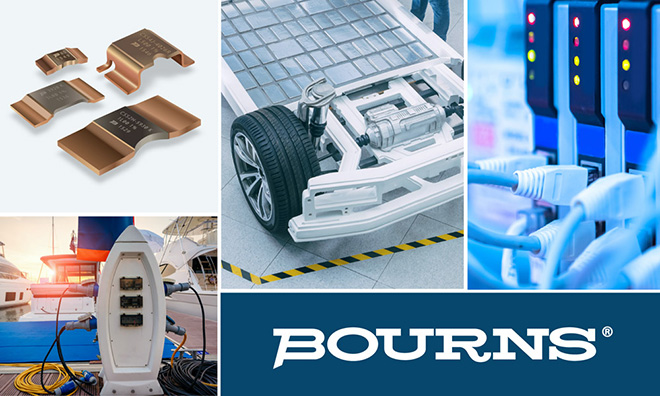Sponsored by TTI
The rechargeable battery industry has experienced significant growth and is expected to continue to grow into the future. Most of this growth is expected to be propelled by next-generation high voltage energy systems for electric vehicles, and marine and home storage applications that use seriesconnected battery packs. The most popular batteries for these applications are lithium-ion or nickel metal hydride batteries that require battery management systems (BMS) to monitor and maintain the cells in good condition so as to maximize output power. Analyst firm Markets and Markets confirms the huge expected growth, estimating that the battery management system market will grow from 1.98 billion USD in 2015 to 7.25 billion USD by 2022, at a CAGR of 20.5 % between 2016 and 2022.
Another important function of a BMS is to help enhance the life expectancy of battery cells and protect them from damage. To achieve maximum efficiency and long battery cell life, the BMS needs to determine the state of charge (SOC) to govern the capacity remaining in the battery, and also to control the rate of charging or discharging.
This paper reviews the trends in the BMS market and challenges that designers of BMS face. It focuses on the isolation of communications and transient protection challenges, and introduces isolated sigma delta converters with dynamic ranges less than 200 mV. The attractiveness of shunt-based current measurement for BMS is also reviewed.
Download the full whitepaper from Bourns.
Sponsored by TTI

Fantastic post! I look forward to reading more from you.